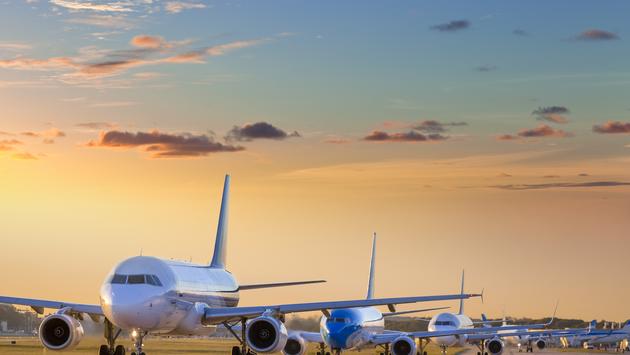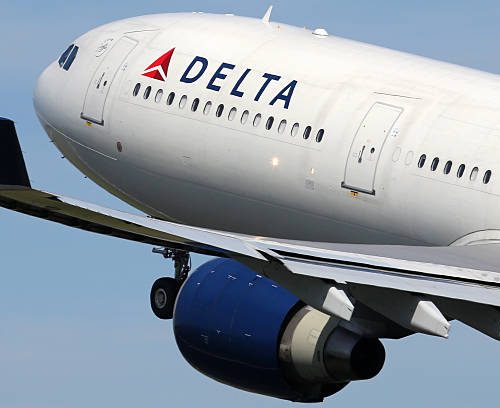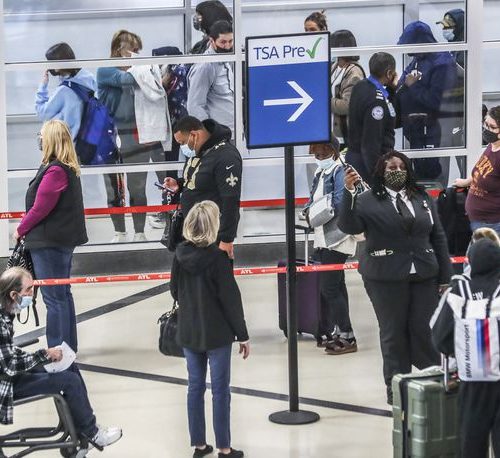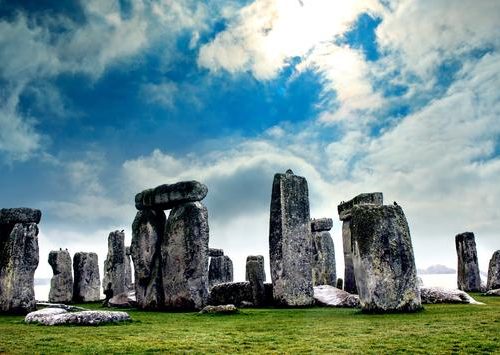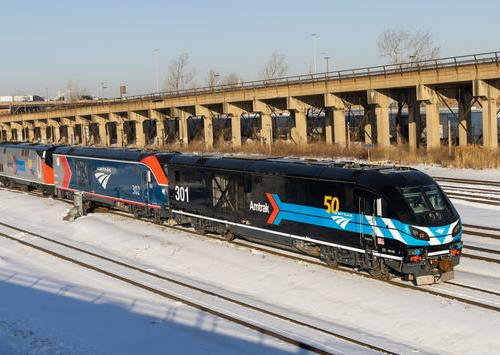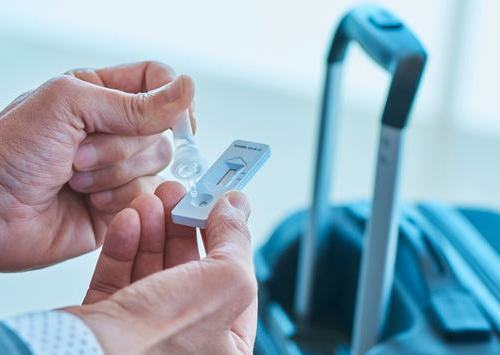RICH THOMASELLI | TravelPulse.Com
Troy Warren for CNT #Travel
Perhaps it’s easier to answer a question with a question.
How will air travel change in 2022?
Given the last two years fighting a pandemic, how won’t it change is the more apt query?
COVID-19 is the first domino that has caused, and will continue to cause, every piece to fall and virtually everything that happens in the industry.
“Will it get better? The answer is yes. When? That’s a tougher question,” Bryan Del Monte, president of the Minnesota-based consultancy The Aviation Agency, told TravelPulse. “There are a couple of things acting as governors to everyone being able to return to travel, and the first one is the pandemic itself.”
Here’s a look at how things could change in 2022.
Things Will Get Tighter on Planes
Don’t be hoping that the middle seat will be empty when you fly this year. It likely won’t be.
“The airlines put a fair amount of their fleets into mothballs because of the pandemic. Not all of that is coming out,” Del Monte said. “The capacity they had in 2019 and early 2020 won’t be there. Let’s say COVID ended tomorrow. They still wouldn’t have that kind of capacity. There’s actually a physical capacity problem, literally less capacity. I estimate there will be a half-million less seats available.”
The Mask Mandate Will Not Change
Now almost two years old, the federal mask mandate on travel will likely continue throughout 2022 – even though it has been the cause of the majority of the nearly 6,000 verbal and physical reports of passenger abuse of flight crews last year.
The mandate is currently scheduled to expire on March 18.
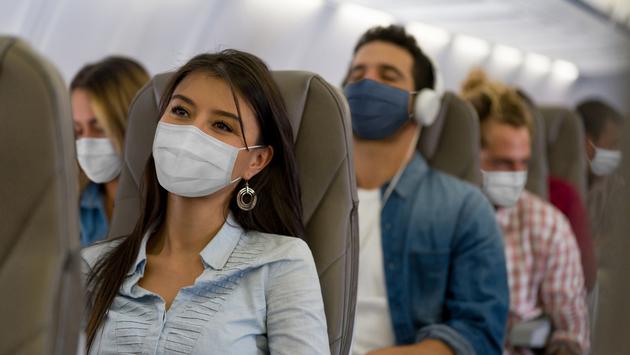
Former Spirit Airlines CEO Ben Baldana, writing in Forbes Magazine, said to expect a third extension.
“It is still highly likely that this mandate will be extended due to the high transmission rate of the omicron variant, and further there are issues suggesting the mandate may continue for much longer,” Baldana wrote.
The CEO said while safety and health protocols instituted by airlines have helped – deep cleaning, HEPA filters, replacing air flow every two to four minutes – it might not be enough.
“On an airplane more things happen,” he said. “What about when someone on boarding coughs while putting their baggage overhead? What happens when the auxiliary power unit (APU) isn’t running at the gate so no air is flowing until the engines start? What about the people who eat or drink just slowly enough to keep their mask off most of the flight anyway? Flight attendants will lobby for the mandate to continue to keep themselves safe, and that reason is good enough. Plan to wear a mask on a plane all year, including when you travel next holiday season, too.”
New Budget Carriers Will Emerge
Avelo is here.
Breeze is here.
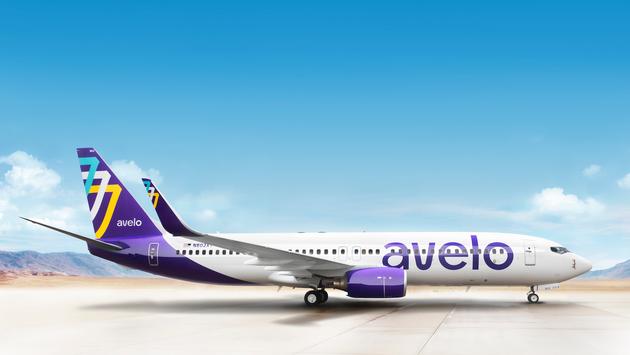
Somehow, low-cost airlines were able to weather the pandemic and launch last year.
Expect more.
Norse Atlantic Airways, according to Travel Weekly, is beginning in earnest in 2022, offering discounted flights between the U.S. and Europe. Northern Pacific Airways hopes to launch this year as well, using a unique hub – Ted Stevens Airport in Anchorage, Alaska – to connect the U.S. and Asia.
Airfares Have Gone Down and Might Stay Down
Writing in a guest column for TravelPulse, Julie Kyse, Vice President of Global Air Partnerships for Expedia Group, said she expects another increase in passenger numbers and a decrease in airfares.
“Airlines have long sought to make flying – especially premium class flying – a special experience, sometimes meaning good deals are hard to come by. But perhaps no longer,” Kyse wrote. “According to Airlines Reporting Corporation (ARC), the average cost to fly roundtrip within the U.S. in 2021 is nearly 20 percent less than the pre-pandemic averages of 2018 and 2019. As the airline industry continues its steady recovery, now is a great opportunity for travelers to get a deal, and in many cases, on better seats.”
But You Might Not Get What You Pay For
Kyse said that in 2021, the average cost of a premium plane ticket was 288 percent more than an economy ticket. While that still sounds like a lot, it’s less than it was in 2020 (365 percent) and in 2019 (430 percent).
But numbers can be deceiving, and The Aviation Agency’s Del Monte said he expects prices to go back up – one way or another.

“They would almost have to,” he said. “Look at it this way. I travel a lot and I always fly First Class. A lot of my friends fly First Class. We all say that First Class is the new coach. It’s not the same as it once was. You don’t get what you pay for and that’s a form of price increase. If you service dilute, that’s a price increase. It’s like colleges when they go to Zoom classes. That’s a form of service dilution.”
But Del Monte added that he does expect an increase in fares in 2022.
“I do think there will be an actual increase because I think the baseline of fuel costs will increase,” he said.
Labor Shortages in Key Roles Will Continue
The Omicron variant of the COVID-19 virus has caused havoc for the industry, to say the least. Delays and cancellations, due in large part to short-staffed airlines, that started on December 23, 2021, are only now beginning to wane.
But labor shortages in key roles will continue in 2022.
“You can’t make a pilot, flight attendant or maintenance worker just appear overnight,” Del Monte said. “COVID has depleted and exacerbated the shortage with pilots and mechanics.
Del Monte, a former policy advisor to President George W. Bush, said he doesn’t necessarily blame the airlines for offering buyouts and early retirement to save on wages – a key factor in being short-staffed.
“Airlines are very good at risk mitigation so it wasn’t a great risk,” he said.



























